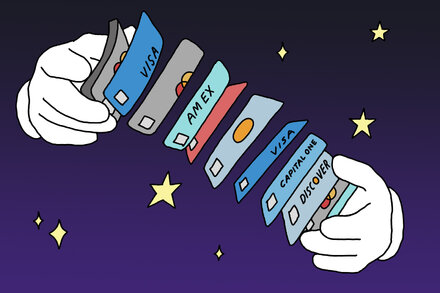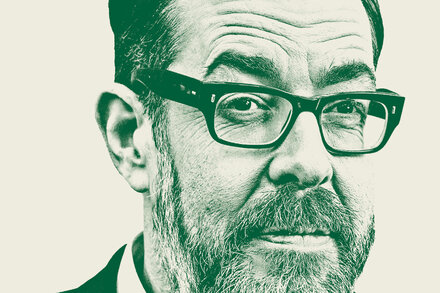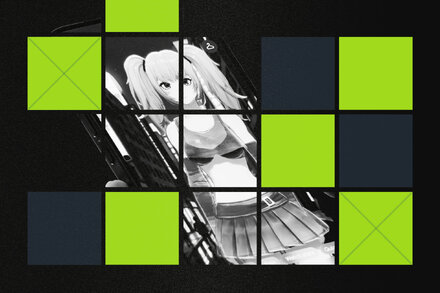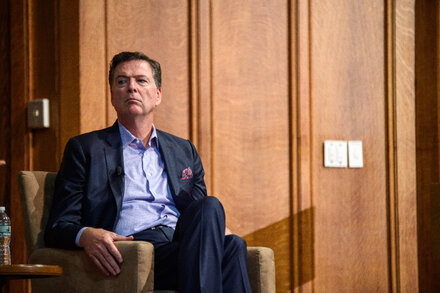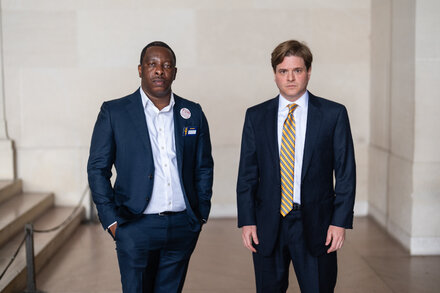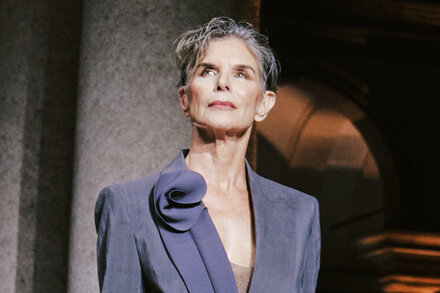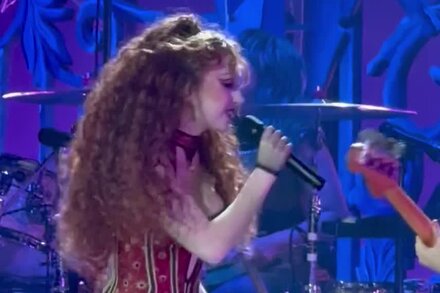
The question of which concert, past or present, one would most like to have seen, often sparks widespread discussion, transcending generations and musical preferences. This hypothetical query delves into the cultural impact, historical significance, and emotional resonance of live music, inviting individuals to consider moments that have shaped artistic landscapes and collective memory.
The allure of witnessing a legendary performance often stems from a combination of factors. These can include the artistic peak of an iconic musician or band, the historical context of the event, or its profound cultural impact. Such concerts are not merely musical performances but often serve as snapshots of an era, reflecting societal shifts, technological advancements, and communal aspirations.
Among the events frequently cited in such discussions are festivals that defined generations. Woodstock in 1969, for instance, remains a powerful symbol of the counterculture movement. Its blend of peace, music, and art, featuring legendary acts like Jimi Hendrix, Janis Joplin, and Joe Cocker, continues to captivate the imagination.
“Woodstock was a unique event. It was about more than just music; it was about a generation finding its voice.”
Another pivotal event often mentioned is Live Aid in 1985. This dual-venue concert, held in London and Philadelphia, mobilized the global music community to raise funds for famine relief in Ethiopia. Its unprecedented scale and collaborative spirit, featuring performances from Queen, David Bowie, U2, and many others, showcased music’s power for social good.
“Live Aid was the day the world changed for the better. It was a massive statement.”
Individual performances, too, hold a revered place. Queen’s set at Wembley Stadium during Live Aid is frequently lauded as one of the greatest live performances in rock history, a masterclass in stage presence and crowd engagement. Similarly, Jimi Hendrix’s iconic rendition of “The Star-Spangled Banner” at Woodstock or The Beatles’ final public performance on the Apple Corps rooftop in 1969 are moments that fans often wish they could have experienced firsthand.
Beyond the spectacle, the desire to witness these events speaks to a human yearning for authentic experience and connection. These concerts provided a shared space where thousands, sometimes millions, could collectively experience powerful emotions, artistic brilliance, and a sense of belonging. The recordings and documentaries that preserve these moments offer glimpses, but the intangible atmosphere of a live, historic event remains unique.
Ultimately, the question of which concert one would most like to have seen serves as a prompt for reflection on music’s enduring power to create history, foster community, and leave an indelible mark on culture.
Source: Read the original article here.
